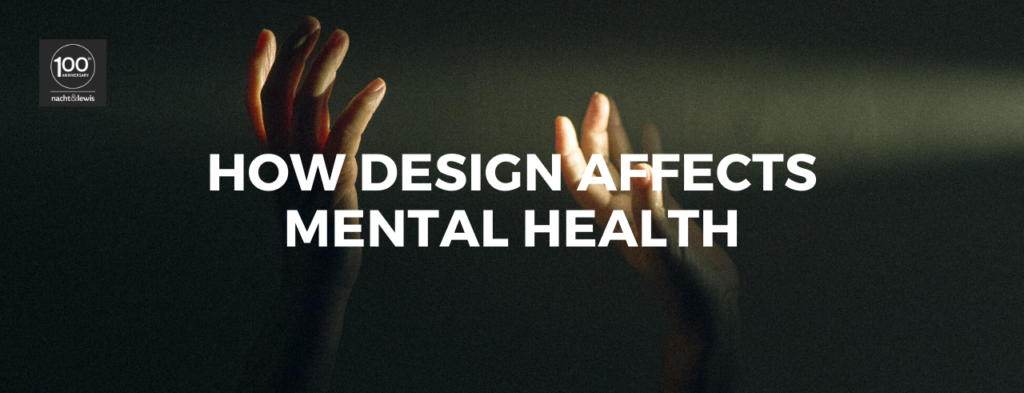Since July 16th, all phone calls and text messages that focus on mental health are being transferred to the National Suicide Prevention Lifeline known as the 988 Suicide & Crisis Lifeline. The lifeline has replaced the old ten-digit suicide prevention hot line. It is expected that this change will result in higher call volumes at the 184 national crisis hotline centers and is likely to save more lives.
In addition to simplifying the process of connecting to these counseling services, there is an expectation that the funding included will also support the creation of crisis intervention teams at the local level that can respond instead of law enforcement, where appropriate, to calls where further support is needed. The intent of the legislation was to connect these centers to local 911 centers so that further resources like emergency medical and law enforcement can be brought in in a timely manner when needed.
In August we attended the Association of Public Safety Communications Officers Conference in Anaheim. We conducted an informal poll of those attending to determine how well the adoption process was working. We quickly realized that because each state is writing its own legislation to enable the long-term funding of this system, that many states are not ready for this transition. In fact, most dispatch staff responding indicated that they were not aware of any 988 calls being transferred from or to their 911 centers yet. As of June, only 22 of 50 states had enacted the necessary laws, and most of these created commissions to study how the law will be implemented. The major concerns raised by participants centered on several issues:
- The current suicide prevention crisis centers do not have the number and location identification systems needed to give responders an accurate call location. This is especially important if the caller is unable or unwilling to share this information.
- The handoff procedures need to be standardized so that individuals are not placed on hold and transferred to a queue awaiting an available call taker. Some dispatchers expressed a reluctance to transfer callers to the crisis centers until this issue is fixed.
- Some dispatchers complained of the crisis centers expressing a reluctance to share needed information due to the protected status of health information.
- Crisis center staffing may be overwhelmed by the increase in call volume. One dispatcher indicated that the new number has increased crisis center call volume in Kansas by 43%. The American Rescue plan act provided $177,000,000 for equipment and $105,000,000 for staffing to the states to enable the implementation of the legislation, but it will take time to ramp up staffing and replace systems in all 184 centers. A National Public Radio report from July of this year, reported that the Illinois Crisis lines in the first three months of this year were already overwhelmed to the point that 80% of calls received were forwarded to centers in neighboring states.
- Several dispatchers were concerned that the simplified 988 number will result in the crisis centers receiving many of the repeated nuisance calls that the 911 centers receive regularly. For the 911 centers there is legislation that gives the dispatchers legal means to discourage prank callers tying up the system, but mental health crisis centers may be more reluctant to call in law enforcement.
This new legislation will likely benefit many people in the long term by expanding availability of critical mental health services. The decision to adopt the new number before the staff, equipment, and protocols were in place to carry out the transition will make for a very difficult road in the near term. The success of this process will be dependent on the careful coordination of the many state commissions to allow the improvements of this system in a way that is consistent and does not take a significant number of dispatchers offline at any time Beyond this, mental health facilities need to be available at the local level to make sure that care does not end with just a voice on the phone.
This is a great step toward improved mental health services, but we have a long way to go. Nacht and Lewis is committed to continue to work to improve the mental health system.
Written by: Mike Smith
Sources:
https://www.fcc.gov/sites/default/files/988-fact-sheet.pdf
https://988lifeline.org/wp-content/uploads/2021/06/California-Annual-State-Report-2020.pdf
https://www.fcc.gov/988-suicide-and-crisis-lifeline-social-media
https://www.npr.org/sections/health-shots/2022/07/11/1110822128/states-mental-health-calls




